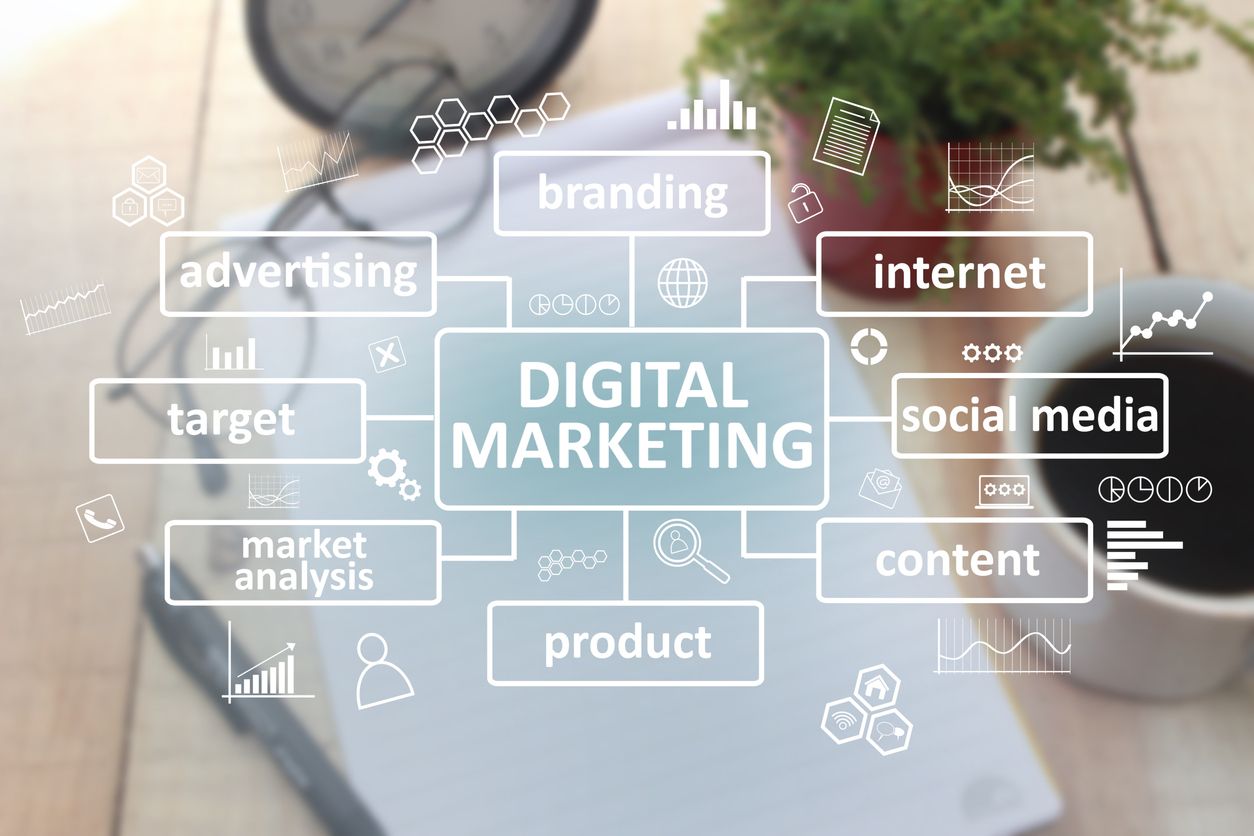
It is not all about the technical aspects of an advertisement. It should be credible and attractive. It should have a sense of sentimental value, trustworthiness, and repetition. Advertising's sentimental value comes from the personal connections of its target audience. It should be concise and yet powerful in its message. There are five characteristics of a good advertisement. Keep reading for more information. These are the first three. The other five are listed below.
Attractive & believable
Inodels that are attractive increase the effectiveness of advertisements. Research supporting the effectiveness of HAMs is abundant in marketing literature. Advertising with attractive inodels leads to better evaluations of products and ad content. These benefits cannot all be directly attributed solely to HAMs. Caballero Lumpkin, Madden, and Madden all note that attractive inodels can be misleading in the contexts of product effectiveness or ad effectiveness.
Despite this paradox, celebrities are still important for advertising. In an advertising study, people rated advertisements that featured celebrities more attractive. Advertisements starring real-life celebrities did not show this correlation. Celebrities are more believed to be credible. Celebrities can be used as spokespersons by brands to help build trust between products and brand personalities.

Sentimental value
Advertising aims at appealing to the emotions and needs of as many customers as possible. But not all advertisements are created equal. Advertisements with higher emotional values are designed to appeal educated consumers. This creates new markets and encourages new behaviors. Advertising to educated consumers is more effective than advertising to people who are not educated. These are some tips that will make your advertisement more effective. Let's take an in-depth look at each.
Ads that can trigger emotions include pride, friendship, achievement, and man's empathy. The "+” sign signifies that the value is greater or less than the average. Ads that convey positive emotions work well. Advertisements that inspire feelings of love, friendship, and joy are more successful. Advertisements that cause feelings of shame, fear, and loneliness don't perform well. However, advertisements that inspire pride and loneliness are equally effective.
Repetition
Good advertising is all about repetition. Repetition involves repeating a message repeatedly until a target audience understands. It can be achieved through the use of simple slogans, suggestions, and commands. The repetition of a message makes a lasting impression. It is possible to use repetition to create movement and meaning. Advertising is a great way to trigger an emotional response.
Many studies have studied the effects that repetition can have on our behavior. Ray and Sawyer (1981), performed a meta-analysis and found that after 10 exposures, the brand has reached maximum attitudes and that recall increases linearly. The findings have implications for professionals who study frequency advertising. This study supports the belief of repetitionists, that repetition increases recall and attitudes. It is not an effective strategy to use repetition in every advertisement.

Trustworthiness
The verb trustworthy is the root of the word trust, which means "reliable", honest, and loyal." Trustworthiness requires that people are kind, generous, resourceful, courageous, and trustworthy. It encourages trust and grabs people's attention. People should feel positive about the product or company they deal with. The same applies to advertising. Trustworthy people do their best and are able to make others feel good about them.
It is essential that a business responds to customer feedback and shares it publicly in order to demonstrate authenticity and transparency. Customers trust businesses that are open to learning from their mistakes. Customers will trust a company that is open and honest about its products and procedures. A company that is open to customer feedback and addresses any concerns raised quickly can gain trust. This will ultimately increase its credibility.
FAQ
Advertising: What is it?
Advertising is an art form. It's more than just selling products. It's about building emotional bonds between brands and people.
Advertising is all about telling stories with images and communicating ideas.
You must communicate clearly and persuasively. Also, you must share a story which resonates with your target markets.
This makes advertising different from other forms of communication, such as public speaking, writing, or presentations.
By creating a successful campaign, you can create your brand identity.
This is how to be remembered. You become someone who people want to remember.
What is the basic purpose of advertising?
Advertising is not just about selling products; it's also about creating an emotional connection between you and your customers.
Advertising is communicating ideas and values. It's about changing minds and attitudes. It's about building connections.
It is all about making people feel good.
However, if your customers don't want what you have to offer, you won't be able to sell anything.
It is essential to first understand the needs and purchasing habits of your customer before you embark on any advertising project.
Then you can design ads that will resonate with them.
What is an advertisement campaign?
Advertising campaign refers to a series of advertisements intended to promote a product. It could also refer the entire production of such advertisements.
The term "ad" comes from the Latin word for "to sell." Marcus Terentius Varro (116–27 BC), was the first to make it a verb, meaning "to make sale".
Large companies or agencies usually do advertising campaigns. There may be many media types involved, including print and television as well as radio, TV, and internet.
Advertising campaigns are typically long-lasting and have clear goals. Campaigns can be targeted at increasing awareness or sales, for example.
What is affiliate market?
Affiliate marketing can be described as an online business model. You earn commissions by referring customers who purchase products and/or services on other websites. You get paid by the product owner when someone buys from them.
Referrals are the foundation of affiliate marketing. Referring people to your website is all that's required. You just need to refer them to our website.
Making money doesn't require any hard selling. It's just as easy to sell as it is to buy.
An affiliate account can be created in minutes.
Referring as many people as possible will increase your commission.
There are two types of affiliates:
-
Affiliates who have their website owned by them
-
Affiliates who work for companies that offer products and services.
What are your thoughts on television advertising?
Television advertising is a powerful medium to reach many people at one time. It was also quite expensive. However, it can be powerful if you use the device correctly.
There are many different types of TV ads, but they all have certain common characteristics. You must ensure your TV ad fits within the category it is being placed. It is not a good idea to try and run a lifestyle TV commercial while running a product or service commercial. Your message must be consistent throughout the campaign.
A second important thing to keep in mind is that prime-time hours is the best time to air ads. This is because many viewers are able to relax in front of the TV while watching. You want them to be able focus on your words and not get distracted by the TV.
Finally, just because you've a lot of money doesn't mean you'll get great results. In fact, the opposite may be true. According to University of California research, commercials airing during popular shows are less likely to be seen and sell more products than those which air during unpopular shows. If you spend a lot of money advertising on TV, make sure it's done right.
What is the best way to advertise online?
Internet advertising is an important part of any business strategy today. It allows companies to reach potential customers at low costs. There are many forms of internet marketing. Some are free, while others require payment.
There are several options for advertising on the internet. These include banner ads, pop-up advertisements, search engine optimization (SEO), PPC (pay-per-click) advertisements, social media and mobile marketing. Each method has its benefits and drawbacks.
How can you choose your target audience?
Begin by talking to yourself and people close to you. Ask yourself "Who am I trying reach?" if you aren't sure where to start.
These are some questions to ask yourself: Who is the most influential person in my industry? What problems do they have to deal with every day? What are their top talents? Where can they be found online?
Go back to the beginning when you started your business. What was your motivation for starting? What problem solved you for yourself? How did that happen?
These questions will enable you to identify your ideal client. These answers will help you understand your ideal clients and what motivates them to buy from you.
Look at your competitors' sites and social media pages for clues as to who they cater.
Once you identify your target customers, then you must decide which channels to use to reach these people. A website might be created to reach home buyers, for instance, if your business provides services to agents in real estate.
A blog that targets small-business owners could be a possibility if you are a software provider.
If you sell clothing, you can create a Facebook fan page for teens. For parents who are looking for child-friendly restaurants, you might set up your own Twitter account.
The important thing is that you have many options for getting your message across.
Statistics
- Worldwide spending on advertising in 2015 amounted to an estimated US$529.43 billion. (en.wikipedia.org)
- Advertising spending as a share of GDP was about 2.9 percent. (en.wikipedia.org)
- In 1919 it was 2.5 percent of gross domestic product (GDP) in the US, and it averaged 2.2 percent of GDP between then and at least 2007, though it may have declined dramatically since the Great Recession. (en.wikipedia.org)
- It collects money from the advertisers, keeps 32% for its role in facilitating the process, and the remaining 68% goes to the publisher (you). (quicksprout.com)
External Links
How To
How do I advertise with Google?
AdWords can be used by businesses to advertise using keywords that they are interested in. Setting up your account is the first thing. You select a campaign name, set the budget, choose the ad type (text, image, video), and add keywords. You then bid on these keywords. Clicking on an advertisement will only result in you being paid if the click is from someone who searched one of your targeted keyword phrases. This ensures that you are paid even if people do not buy anything.
Google has many tools available to make sure your ads are effective. These tools include Ads Preferences Manager Manager, Keyword Planner and Analytics. These enable you to determine what is most effective for your business.
A keyword planner helps you determine which keywords to use for your campaigns. It can help you decide whether or no to spend money on certain keywords.
Ads Preferences Manager can be used to adjust settings such as the maximum impressions per hour and the minimum price per click.
Analytics allows to track your ads' performance and compare it with other campaigns. You can also view reports comparing the performance of your ads with others.